Avoiding Common Mistakes in Steel Forming: Best Practices for Accuracy
Steel forming is a cornerstone of modern fabrication, but even small errors in the process can lead to costly rework, material waste, and compromised structural integrity. For fabrication technicians, understanding common steel forming mistakes to avoid is crucial to maintaining efficiency and ensuring the final product meets exacting standards. This guide explores practical strategies to prevent errors, improve precision, and enhance overall workflow in steel forming operations. For more insights into precision fabrication and advanced steel forming solutions, visit Ulta Metallic, a trusted resource for high-quality metal forming and manufacturing expertise.
Why Accuracy Matters in Steel Forming
Accuracy in steel forming is more than just a technical requirement—it directly affects production efficiency, product reliability, and the safety of the final assembly.
The Cost of Errors in Production
Errors during steel forming, such as misalignment, material deformation, or stress cracks, can result in significant financial losses. Reworking defective parts increase labor costs, slows production, and may even lead to scrapping expensive steel sheets. Beyond monetary impact, frequent errors can disrupt project timelines, erode client trust, and damage the reputation of the fabrication shop.
How Precision Affects Final Assembly and Durability
Precision in forming is critical for seamless assembly and long-term durability. Misaligned components can lead to uneven stress distribution, causing premature wear or failure. Similarly, undetected material deformation can compromise the integrity of the final structure. Fabrication technicians must prioritize accuracy to ensure each piece fits perfectly; functions as intended and withstands operational stresses.
Common Steel Forming Mistakes and How to Prevent Them
Understanding the most frequent mistakes in steel forming helps technicians take proactive measures to avoid them.
Misalignment Causes and Easy Fixes
Misalignment is one of the most common errors in steel forming. It can result from incorrect die positioning, uneven material feeding, or operator oversight. Early detection is critical, as misaligned parts can cascade into assembly issues.
Prevention Tips:
- Conduct a pre-forming alignment check for dies and material guides.
- Use positioning markers or sensors to ensure consistent placement.
- Train operators to recognize visual cues for misalignment during forming.
Stress Cracks Recognizing Early Warning Signs
Stress cracks occur when steel undergoes excessive tensile forces or uneven bending. Left unchecked, they can weaken structural components and result in part failure.
Preventive Measures:
- Monitor forming pressure and speed to ensure it aligns with the material’s tolerance.
- Inspect workpieces for small fissures or surface irregularities before continuing production.
- Implement incremental forming for high-strength steels to reduce stress concentration.
Material Deformation Due to Incorrect Tooling
Incorrect selection or use of tools can lead to material deformation, causing unintended bends or warping. Deformation not only affects aesthetics but may also compromise functional requirements.
How to Avoid:
- Matches die and punch geometry to the specific steel grade and thickness.
- Adjust forming force settings to match the material’s yield strength.
- Regularly inspect tools for damage that could distort the forming process.
Setup Errors from Poor Calibration
Setup errors often stem from improperly calibrated machinery. Even minor deviations can lead to inconsistent part dimensions and increased scrap rates.
Best Practices:
- Calibrate presses and rollers before each production batch.
- Verify setup with trial runs and adjust as needed.
- Maintain a log of calibration checks to ensure accountability.
Choosing and Maintaining Proper Tooling
Tooling plays a pivotal role in the accuracy and efficiency of steel forming. Selecting and maintaining the right tools reduces steel forming mistakes to avoid and extends tool life.
Selecting the Right Die and Punch for Each Grade
Not all steel grades react to the same under forming conditions. Choosing the proper die and punch combination ensures optimal material flow and minimizes defects.
Guidelines:
- Consider material hardness, thickness, and ductility when selecting tooling.
- Use forming simulations or test runs to validate tooling choices.
- Keep a reference database of tools for different steel grades to streamline selection.
Detecting and Managing Tooling Wear
Tool wear can subtly degrade forming accuracy, leading to misalignment and material deformation over time.
Monitoring Tips:
- Inspect tools for surface scratches, cracks, or dimensional changes.
- Replace worn components promptly to prevent cascading errors.
- Implement predictive maintenance schedules based on usage hours.
How Regular Maintenance Reduces Forming Defects
Routine maintenance not only extends tool life but also ensures consistent part quality. Cleaning, lubrication, and alignment checks prevent setup errors and reduce stress cracks.
Recommended Practices:
- Schedule regular maintenance downtime for thorough inspection.
- Document all maintenance activities for traceability.
- Train operators identify early signs of tool degradation.
Implementing Robust QA and Inspection Routines
Maintaining high-quality output in steel forming requires a structured approach to QA and inspections. Both in-process and post-process QA checks are essential to identify issues early and ensure final parts meet specifications. Using accurate measurement tools, such as digital calipers or laser scanners, allows for real-time verification of dimensions, alignment, and surface integrity.
In addition to internal inspections, leveraging professionalforming services can provide specialized expertise and advanced techniques to further reduce defects. These services often include precision tooling, process optimization, and expert evaluation that help minimize common mistakes like material deformation, setup errors, and misalignment, ultimately ensuring consistent, reliable results across every production run.
Establishing a documentation trail for all inspections of recording measurements, tooling conditions, and corrective actions complements these services by creating accountability and a continuous improvement loop for fabrication teams.
In-Process vs Post-Process QA Checks
In-process QA checks help detect issues such as misalignment or material deformation before they compound. Post-process inspections, on the other hand, verify overall part conformity.
Best Practices:
- Combine both in-process and post-process inspections to maximize accuracy.
- Use checklists tailored to each forming operation.
- Encourage operators to report anomalies immediately.
Using Measurement Tools for Real-Time Accuracy
Measurement tools like calipers, laser sensors, and coordinate measuring machines (CMM) provide real-time feedback, ensuring consistent dimensional accuracy.
Tips:
- Integrate digital measurement tools directly into the forming line.
- Use automated data logging to track trends and detect deviations.
- Calibrate measurement devices regularly to maintain reliability.
Establishing a Documentation Trail for Quality Assurance
A comprehensive documentation trail supports QA checks and helps identify root causes of errors. Maintaining detailed records also aids regulatory compliance and continuous improvement efforts.
Effective Documentation:
- Record machine settings, tool usage, and inspection results.
- Track material batches to identify patterns in defects.
- Implement a standardized reporting format for clarity.
Process Automation and Digital Accuracy Tools
In modern fabrication environments, automation and digital monitoring systems play a vital role in maintaining forming precision. By integrating CNC controls, sensors, and real-time data feedback, technicians can ensure each operation follows exact parameters with minimal deviation. These technologies not only enhance repeatability but also reduce waste and rework across production lines. Understanding the role of digital tools informing and manufacturing steelhelps technicians make informed decisions about process optimization, ensuring every formed component meets the highest standards of accuracy and durability.
How CNC Control and Sensors Improve Consistency
CNC-controlled forming machines and sensors enable precise adjustments, ensuring each part meets specifications with minimal variability.
Advantages:
- Reduces setup errors caused by manual calibration.
- Provides real-time feedback to adjust forming parameters.
- Enhance repeatability for large production runs.
Reducing Human Error with Smart Monitoring
Automation combined with monitoring systems helps identify deviations before they cause defects. For example, load sensors can detect uneven force distribution, prevent stress cracks, and material deformation.
Implementation Tips:
- Set alarm thresholds for critical process parameters.
- Enable automated shutdowns for extreme deviations to prevent damage.
- Train operators to interpret monitoring data effectively.
Case Examples of Automation in Modern Forming Shops
Many fabrication facilities have seen measurable improvements by integrating process automation:
- Automated presses with CNC control achieving tighter tolerances.
- Laser-guided material feeders reduce misalignment.
- Real-time monitoring dashboards minimizing scrap rates and downtime.
Building a Culture of Continuous Improvement
Even with advanced tools, human factors remain crucial. A culture focused on continuous improvement helps reduce steel forming mistakes to avoid and drives operational excellence.
Operator Training and Standardization
Well-trained operators are less likely to make setup errors or mishandle tooling. Standardized procedures ensure consistency across shifts and teams.
Key Actions:
- Provide ongoing training on equipment, tools, and QA protocols.
- Develop standard operating procedures for each process.
- Encourage skill sharing and peer review to reinforce best practices.
Feedback Loops Between Production and Design Teams
Collaboration between production and design teams helps identify design features that may be prone to material deformation or stress cracks.
Best Practices:
- Hold regular review sessions to discuss recurring issues.
- Adjust design parameters based on production feedback.
- Document lessons learned for future projects.
Leveraging Data Analytics to Minimize Waste
Analyzing production data allows technicians to pinpoint trends and reduce errors proactively. Predictive analytics can anticipate tool wear, detect subtle misalignment, and optimize forming parameters.
Applications:
- Track defect types and frequencies to target root causes.
- Use machine learning to forecast maintenance needs.
- Continuously refine forming processes based on data-driven insights.
Final Insights
Preventing steel forming mistakes requires a comprehensive approach combining skilled operators, properly maintained tooling, rigorous QA, and strategic use of automation. By focusing on misalignment, stress cracks, material deformation, setup errors, QA checks, tooling wear, and process automation, fabrication technicians can achieve higher efficiency, reduced waste, and superior product quality.
Adopting best practices, investing in operator training, and leveraging modern tools ensures that every steel part meets specifications consistently, leading to safer, more durable, and cost-effective results. The journey toward precision in steel forming is continuous, but the rewards reduced errors, improved throughput, and enhanced reliability are well worth the effort. If you’re looking to improve forming accuracy or need expert guidance on process optimization, feel free to contact Ulta Metallic’s technical team for professional support.
FAQs: Avoiding Common Steel Forming Mistakes
1. What is the most common steel forming mistakes to avoid?
The most frequent mistakes include misalignment, stress cracks, material deformation, and setup errors. These errors can result from poor tooling selection, lack of calibration, or insufficient QA checks. Recognizing and addressing these issues early is crucial to maintain precision and reduce waste in steel forming operations.
2. How can misalignment be prevented during steel formation?
Misalignment often occurs due to improper die or punch placement or loose clamping. It can be prevented by regularly checking tool alignment, using digital or laser alignment systems, and running trial pieces before production. Proper setup ensures consistent bends and accurate part dimensions.
3. Why is tooling maintenance important in steel forming?
Regular tooling maintenance helps prevent defects such as material deformation and uneven bends. Inspecting dies and punches for wear, cleaning surfaces, and replacing worn tools ensures consistent accuracy and reduces the risk of rework or scrap.
4. How do QA checks improve accuracy in steel forming?
Implementing both in-process and post-process QA checks allows technicians to detect errors like misalignment or stress cracks early. Using measurement tools for real-time verification and maintaining a documentation trail enhances accountability, ensures high-quality output, and supports continuous improvement.
5. Can automation help reduce steel-forming mistakes?
Yes, integrating process automation such as CNC controls, sensors, and real-time monitoring significantly reduces human error. Automation ensures consistent pressure, precise alignment, and accurate measurements, minimizing common mistakes like setup errors, material deformation, and tooling wear.
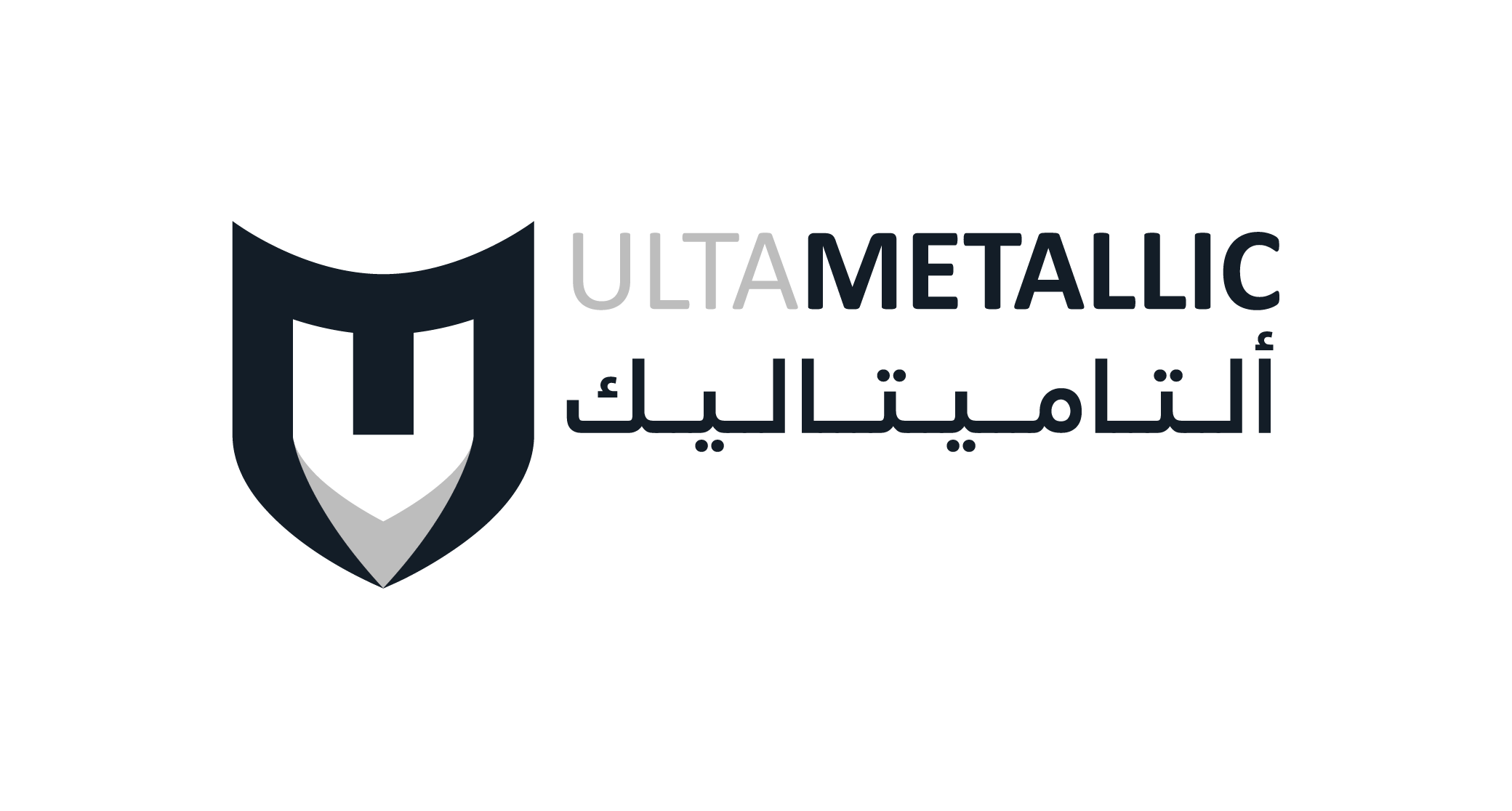
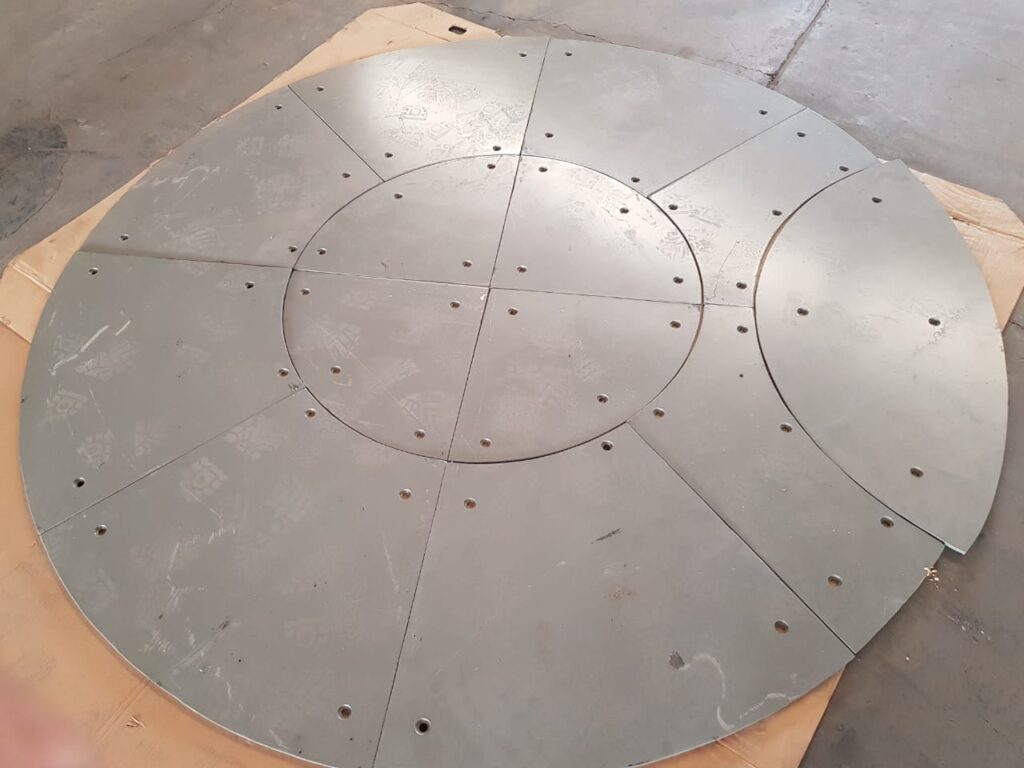
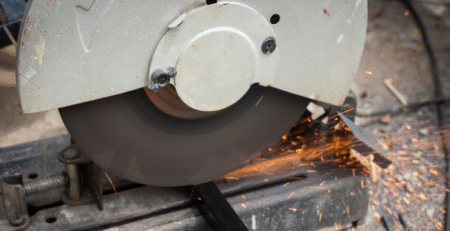
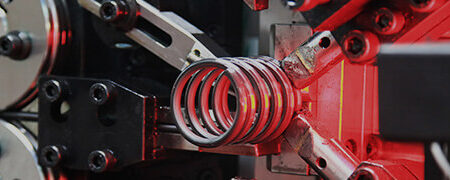

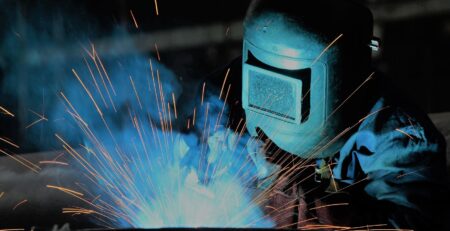
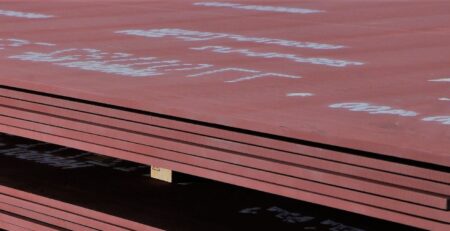
Leave a Reply